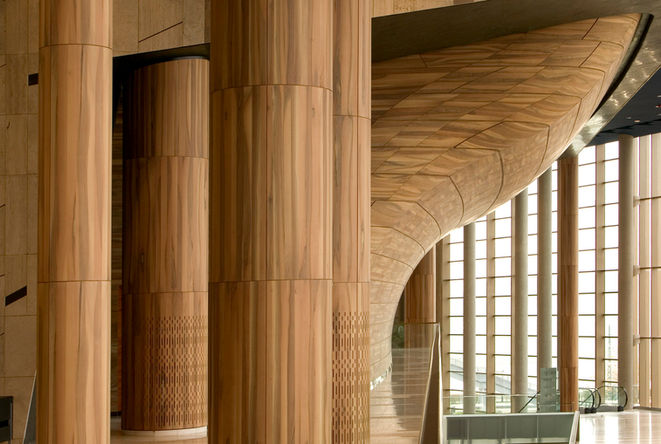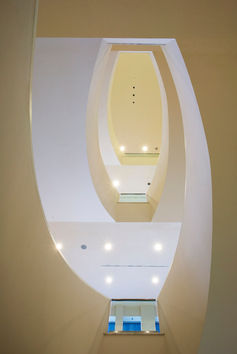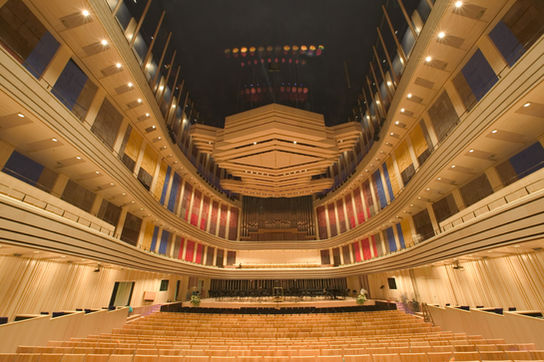MÜPA Budapest
Helyszín: Budapest
Dátum: 2000 - 2005
Alapterület: 70 000 m2
Építészet / Belsőépítészet: ZDA / Zoboki-Demeter és Társai Építésziroda
Tervezők: Bordás Péter, Borzák Richárd, Császár Imre, Demeter Nóra, Erőss János ✟, Silvester Csaba, Simon Móni, Szatmári Gábor, Turi Zoltán, V. Szabó Gyula, Valkai Csaba, Zoboki Gábor
Fotó:
A Művészetek Palotája (MÜPA) Magyarország utóbbi száz évének egyik legjelentősebb kulturális és építészeti alkotása. A projekt célja egy három épületből álló, gazdag kulturális kínálatot biztosító, korszerű létesítmény létrehozása volt.
A 70.000 m²-nyi terület három fő egysége a Ludwig Múzeum, az 1800 férőhelyes Bartók Béla Koncertterem és a 450 férőhelyes Fesztivál Színház. Az épület tervezése és megépítése öt évig tartott és egy 120 fős magyar, osztrák és amerikai tervező és mérnökök csapat összefogását igényelte.
2006-ban a MÜPA elnyerte az építészet és ingatlanfejlesztés Oscar-jának is hívott „FIABCI Prix d’Excellence” díjat.



















